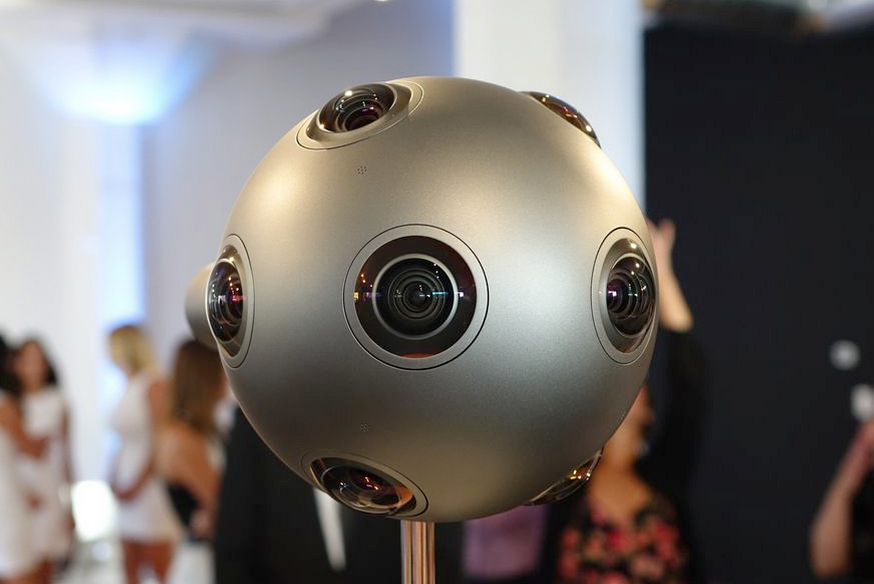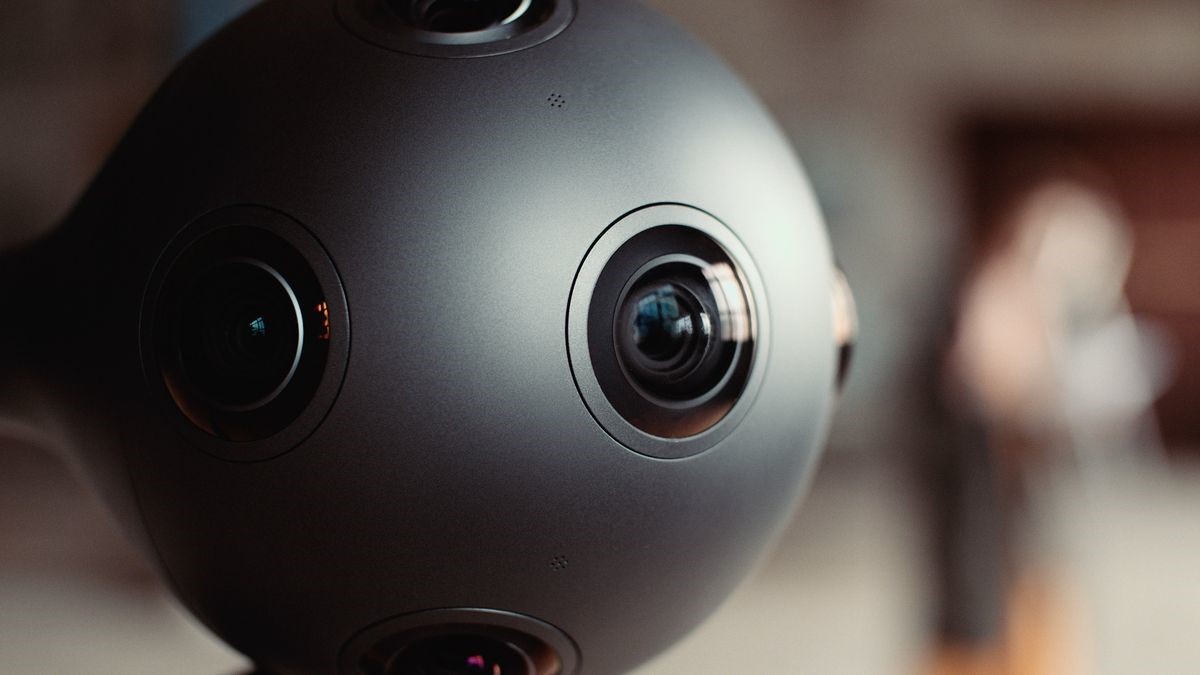
Following in the footsteps of Jaunt, Spherical, and the GoPro, Finnish firm Nokia takes the notion of the portable mini-camera to an unpreceded realm of user engagement with a newly-developed device that captures stereoscopic 3D video footage and spatial audio. The Ozo, as the gadget is called, features a collection of eight camera lenses and eight microphones on a spherical body that enables it to film what effectively amounts to fully-immersive field-of-view, that’s perfectly suited for a VR headset like the Oculus Rift.
Ozo just debuted on July 28, 2015 at an event in Los Angeles, suggesting Nokia’s plan to market the product toward Hollywood, the media, the advertising industry, and wealthy tech-savy consumers with an appetite for creating high-quality content. While Nokia intends to launch the device before the end of the year, the pricing and final tech specs have yet to be announced, and according to Verge Journalist Casey Newton, who had the opportunity to test out the device during its unveiling, it’s expected to retail for five figures — clearly not a consumer tech-friendly pricing.
“Prosumers,” as the company’s marketing professionals likens this group, will benefit from the Ozo’s ability to provide live 360-degree panoramic monitoring of footage through a compatible headset, as well as the ability to playback recorded material within a few minutes of being shot. This is essentially, VR in real-time with the ability to view the footage, or experience ,the footage immediately after it is shot.
“[It] removes the need to pre-assemble a panoramic image – a time-consuming process with solutions currently in the marketplace,” explains Nokia in its press release , “OZO also integrates into existing professional workflows and works with third-party tools, dramatically simplifying content production at all stages”
At this point in time, the creative suite available for producing VR content is nascent, granting Nokia the opportunity to wrangle incredible market momentum if the Ozo proves capable and beats its competitors to the punch. Other firms developing potentially ground-breaking VR tools include: GoPro, which recently announced a 16-camera system for use with Google’s VR filmmaking ecosystem called Jump, in addition to a separate, smaller-scale spherical camera, as well as Samsung.

Nokia references its Ozo as the most advanced VR filming platform on the market, but that remains to be seen. Its six pound chassis certainly does bear a futuristic demeanor. The device affixes onto standard tripods and outputs a variety of file formats, allowing filmmakers to easily integrate Ozo into their existing workflow.
Source: The Verge
Advertisement
Learn more about Electronic Products Magazine





